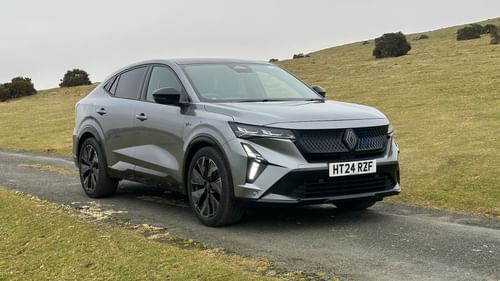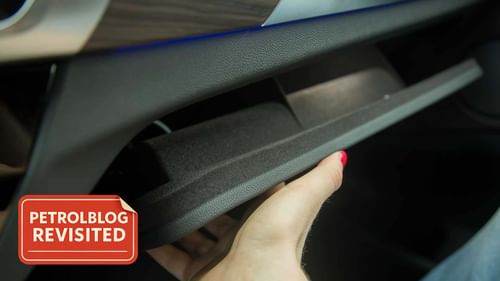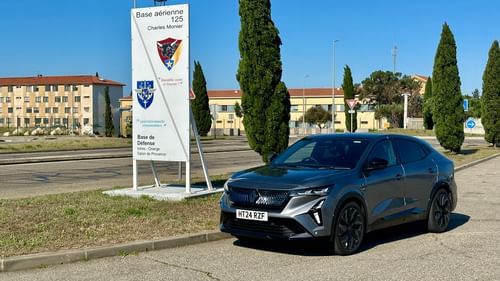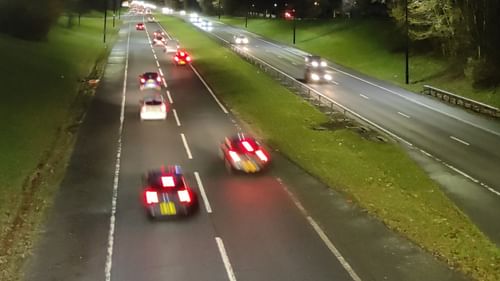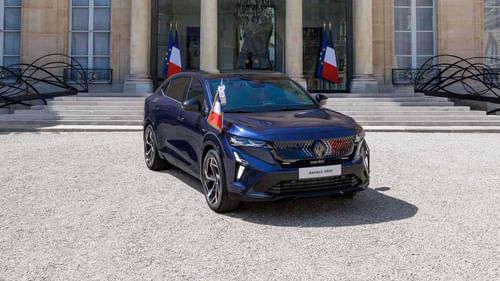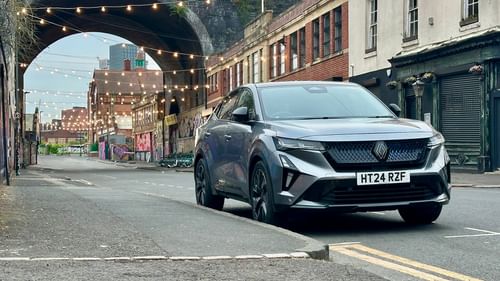
I often wonder where Saab loyalists went after the company went bust in December 2011. Casting aside the tired tropes about the cars of the General Motors era not being real Saabs, the logical answer is that they remained fiercely loyal to the brand, steadfastly refusing to jump ship.
A couple of years after Saab’s demise, I found myself sharing a dinner table with a big cheese at Volvo UK – there must have been a mix-up with the table plan – so I asked him if any dedicated followers of Trollhättan had migrated to Gothenburg. He told me that a direct marketing campaign targeting Saab owners resulted in zero responses. Not even one. A Saab person driving a Volvo would be like a Manchester City fan wearing a Manchester United shirt. For a bit of footy trivia, did you know that Saab was the first shirt sponsor of the blue side of Manchester? If Petrolblog did football shirts…
The 9-5 arrived after GM blew the whistle on Saab in January 2010, having paid a total of $725 million between 1989 and 2000. Saab was sold to the Dutch entrepreneur and owner of Spyker, Victor Muller, for just $74m, as GM attempted to cut its losses and run. An unfinished 9-5 was fast-tracked into production, as the Dutch supercar supremo played the role of super-sub going in search of an injury time winner. Although it was based on the Vauxhall Insignia, it looked and felt like a proper Saab, right down to the Night Panel and the ignition key between the seats. Unfortunately, such was the urgency to launch the car, Mr Muller forgot to finish a few trivial things we take for granted. Like the suspension. Nobody could really decide how to assess the ride and handling – it all came down to whether you opted for petrol or diesel, front- or four-wheel drive, or standard or DriveSense (continuous damping control) suspension. With a little extra time spent on development, there’s a genuine sense that the 9-5 could have been great. Not perfect, because even the best Saabs were never that, but a car that was suitably different to the norm, a touch eccentric and good enough to secure the long-term survival of the brand.
It wasn’t to be. Witnessing the slow demise of Saab was like watching a terminally ill patient on a life support machine. You know the end is nigh, it’s just a question of when. The story of the closing years, months and days of Saab is a tale we should tell in this magazine, but car enthusiasts drew a collective sigh when the machine was switched off on 19 December 2011. The end of an era.
As Saab’s final car, the 9-5’s status as a classic is all but secured. Spot one in the wild and it’s impossible to resist thoughts of what might have been. There are around 1000 in the UK, so seeing a 9-5 is an event. You’re struck by the vastness of the thing; at 5008mm long, it’s more S-Class than E-Class. You question how something so vast can be so elegant, before marvelling at the magnificent heckblende running across the oh-so-glorious arse. Your mind wanders to the equally handsome 9-5 SportWagon, the estate version that, for UK buyers at least, never made it beyond a 2011 price list. Your heart starts to ache as you mourn the passing of a true great; a company which refused to conform, even under the ownership of GM. This ‘naughty child’ approach played a part in its downfall, but Saab in a straitjacket wouldn’t be the Saab we know and loved. Just £5000 is enough to secure a unique slice of Saab history. Part American, part Dutch, but overwhelmingly Swedish.
As for where the Saab traditionalists migrated to, I’m saying Lexus or top-end Skodas. Either that or they’re still living their best lives in ageing 900 Turbos.
This article first appeared in issue 14 of Classic.Retro.Modern. magazine.
